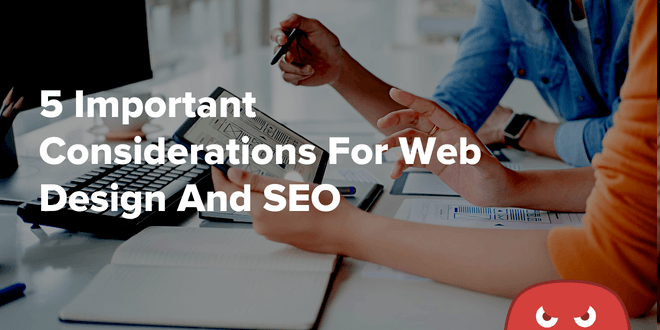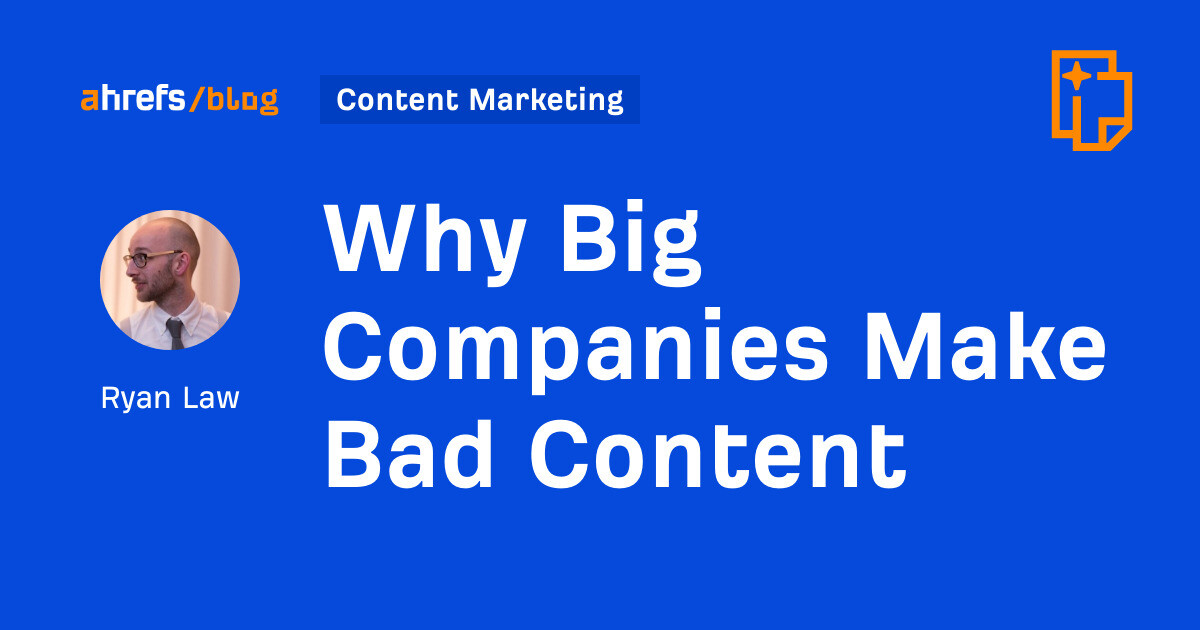
In the world of website design, 2 major factors drive nearly every decision: search engine optimization (SEO) and user experience. The difficulty is in striking a balance between these ranking factors.
If you want your website to appear on major search engines like Google, you’ll need an SEO-friendly website with keyword-rich content, optimized metadata, and high-authority backlinks.
But if you want anyone to actually use your website (let alone make a purchase), it also needs to be user-friendly and provide a positive experience. This means including relevant content that solves user problems, a responsive web design, lightning-fast loading speed, and effortless site navigation.
An effective SEO strategy can provide an ROI that’s 12.2x your marketing spend, and the ROI on UX investments is 9,900%—so it pays to have them both working for you.
To make things easier on you, we’ve put together this guide to help you strike the perfect balance between SEO and UX with your website design and achieve a sky-high ROI.
What Is SEO Web Design?
SEO is the art of tweaking your website so that it ranks higher on search engine results pages (SERPs).
Search engines use algorithms to crawl, index, and rank websites based on search queries (keywords). If you cater to the algorithm by using keywords, backlinks, and technical SEO tweaks, you’ll stand the chance of ranking higher.
Securing a top spot on Google (top 5) or other search engines is the best way to generate loads of organic traffic for your website.
On the other side of the coin, website design is the art of creating a website for your business or service. It involves building all your web pages from scratch, including the site structure, URL structure, Javascript (or another programming language), images, layout, and more.
Today, content management systems like WordPress are the most popular tools for the web design process, as they enable users to build beautiful websites without extensive knowledge of programming languages. They also offer attractive templates that new website owners can use to get started.
SEO web design, then, is when you build a website from the ground up while optimizing it for search engines. It follows best practices for both SEO and web design.
Why does it matter?
SEO and web design have a symbiotic relationship, meaning their bond is mutually beneficial. The SEO side generates a ton of traffic via Google search, and the UX side generates leads and conversions.
SEO tweaks, such as placing keywords in alt tags and alt text, will catch the attention of Google’s crawlers and help you rise through the search engine rankings.
If you ignore SEO, you’ll have next-to-no visibility on search engines, making it extremely difficult to find new prospects and grow your business. Sixty-three percent of all shopping experiences begin on a search engine, even if the purchase is ultimately made in a physical store.
At the same time, user experience tweaks, such as easy site navigation, a pleasant layout, and clear CTA buttons, will help you keep users on your website once they arrive and increase the chances of them making a purchase or providing their contact information.
Essential metrics related to your user experience include dwell time and bounce rate. If your dwell time is low, it means users aren’t impressed with your website or are too confused to find what they need.
The same is true with a high bounce rate, which means users leave your site before taking any further action (such as viewing a product page).
For these reasons, it’s important to pay equal attention to SEO and web design when creating a new website.
Optimizing Your Site for Users and Search Engines
Now that you know why SEO and web design are equally important, let’s learn how you can optimize your website for both.
The good news is, when done right, they’ll flow together so seamlessly that your users won’t even notice what you’ve done. Much like video editing, you know you’ve done it right when you don’t notice the transitions.
Here are the top factors to consider when making your website appealing to users and search engines.

Make it mobile friendly
Since 2017, Google has practiced mobile-first indexing—which means it crawls, indexes, and ranks the mobile version of websites first. So, if your website doesn’t have a version for mobile devices, you’ll have a difficult time ranking high on SERPs.
SEO experts are well aware of this, which is why mobile friendliness is always near the top of their priority list when working on new websites.
Rather than using 2 separate versions of your website, it’s a good idea to adopt a responsive web design. This means you only have 1 version of your website, but the dimensions and images adapt to the user’s device. Your website will load on mobile devices and show up on Google.
Mobile friendliness is also crucial for UX and web design because a majority of users browse the internet with mobile devices instead of PCs. So, if your website doesn’t display correctly on tablets or smartphones, don’t expect users to stick around.
Create relevant content with target keywords
Content is important for both users and search engines, so most digital marketing strategies involve content creation of some kind. However, you’ll want to avoid creating content strictly for search engines.
Instead, strive to create high-quality content that’s relevant to your target audience. Your content should inform, educate, and solve user problems.
At the same time, to gain visibility on search engines, you’ll need to uncover desirable keywords and place them in the right spots, including:
- Meta descriptions
- Title tags
- Headers
- First 100 words of text
- Conclusion
- Alt text
UX-wise, you’ll need to ensure that your content is easy to read. Use short sentences, brief paragraphs, and break up the text with images, bulleted lists, infographics, and call-out boxes.
Speed things up
A significant factor that affects both SEO and user experience is your page speed, as slow load times will ruin your SEO profile and turn users away.
Google uses the Core Web Vitals test to determine the page speed and load times for every website. If a site fails the test, it won’t appear on Google’s search results pages.
Poor loading times on your website are also a surefire way to gain a high bounce rate. Today’s users expect lightning-fast speeds, so if your site takes more than a few seconds to load, they’ll likely click away and look elsewhere.
Here are some tips for improving loading speed:

- Minimize CSS, HTML, and JavaScript
- Compress your images and videos
- Use a content delivery network
- Cut down on the number of plugins you use
Check out Google’s PageSpeed Insights tool to learn how fast your website loads.
Final Thoughts: SEO and Web Design
When building a new website, prioritizing SEO and web design will help you keep users and search engines happy, leading to more organic traffic, leads, and conversions.
When done correctly, SEO and web design work together so seamlessly that it’s hard to tell where one ends and the other begins.
Do you need expert help with SEO and web design at your company? Reach out to us to learn about HOTH X. We offer state-of-the-art managed SEO services for websites.
Whether you need help with an eCommerce site or want more exposure for your brick and mortar, our experts can do it all—so don’t wait to get in touch.



